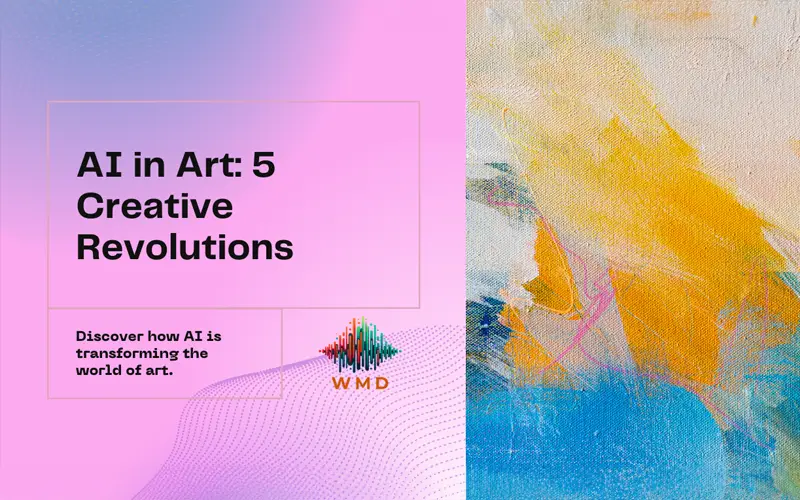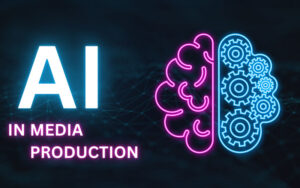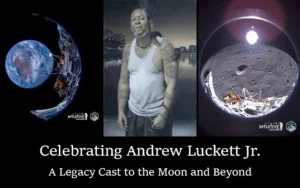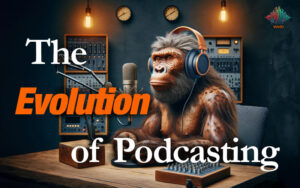In the ever-evolving landscape of artistic expression, a new frontier has emerged at the crossroads of creativity and technology: the integration of Artificial Intelligence (AI) in art. This fusion is not only redefining the bounds of what is considered possible but is also opening doors to unprecedented forms of collaboration between human artists and AI technologies. As we venture deeper into this intriguing meld, we uncover a realm where imagination is limitless, and innovation knows no bounds.
The Rise of AI in Artistic Expression
Art and technology have always been intertwined, with each era’s advancements influencing creative expression. From the camera obscura of the Renaissance to the digital revolution of the 20th century, technology has continually provided artists with new tools and mediums. The entry of AI into this arena marks a significant milestone in this ongoing relationship. Initially viewed with skepticism, AI’s role in art has swiftly transformed from a novelty to a central component of artistic exploration and production. Today, we stand on the brink of a creative revolution, powered by the synergy between human ingenuity and artificial intelligence.
Spotlight on Collaborative Projects
Visual Artistry Transformed: One of the most striking instances of AI collaboration is seen in the visual arts. Artists like Refik Anadol utilize AI algorithms to parse vast data sets, creating mesmerizing installations that depict the unseen patterns of our world. This partnership exemplifies how AI can act not just as a tool, but as a muse, offering new perspectives and dimensions to artistic vision.
The Harmony of AI and Music: In the realm of music, AI is playing a pivotal role in composing pieces that blend traditional elements with novel sounds. Holly Herndon’s album “PROTO” features songs co-created with an AI named Spawn, showcasing a future where music transcends human limitations, embracing the vast possibilities of computational creativity.
Cinematic Ventures: Filmmaking, too, is witnessing the innovative touch of AI in Art. From scriptwriting assisted by AI to post-production enhancements, AI technologies are providing filmmakers with the means to realize visions that were once confined to the realm of imagination. These collaborations are testament to the transformative potential of integrating AI into creative processes.
The Creative Process: Human and AI Synergy
The essence of these collaborations lies in the unique synergy between human creativity and AI’s computational power. Artists engaging with AI find themselves in a dynamic dialogue, where the technology serves both as an instrument and a participant in the creative process. This partnership does not diminish the artist’s role; instead, it amplifies their ability to experiment and explore new creative territories. AI, with its capacity to analyze and learn, offers artists a mirror to their creativity, reflecting infinite possibilities and variations on their ideas.
Challenges and Ethical Considerations
Yet, this new frontier is not without its challenges. The rise of AI in art raises pressing questions about copyright, ownership, and the very nature of creativity. As we navigate these waters, the art community must confront these issues head-on, ensuring that the integration of AI in artistic endeavors is guided by ethical principles and respect for intellectual property.
The Future of AI in Art
Looking ahead, the role of AI in art is poised for exponential growth. As technology advances, so too will the depth and breadth of collaborative possibilities. This evolution promises a future where AI is not merely a tool for creation but an integral part of the creative ecosystem, opening doors to new forms of expression and understanding.
In this burgeoning era of artistic innovation, we invite you to explore the limitless potential of human and AI collaboration. Join us at Waystone Media Development, where we are not just observers of this revolution; we are participants, paving the way for a future where art and technology unite in the service of creativity.
FAQs
What is AI art? AI art refers to works created with the assistance or collaboration of artificial intelligence technologies, where AI algorithms play a significant role in the creative process.
How do artists collaborate with AI? Artists collaborate with AI by using algorithms and machine learning models to generate new ideas, enhance their work, or even co-create pieces of art. This partnership can vary greatly depending on the artist’s goals and the capabilities of the AI.
Can AI create art without human intervention? While AI can generate art based on its programming and learning, the creative direction, context, and interpretation typically involve human input. The debate over AI’s autonomous creative abilities continues within the art and tech communities.
How is AI in Art changing the market? AI is introducing new forms and mediums of art, expanding the market with digital and interactive works. It’s also influencing the valuation of art, as the novelty and technology behind AI creations present new considerations for collectors and investors.
Dive deeper into the revolutionary world of AI in art. Sign up for our newsletter, follow our social feeds, or contact Waystone Media Development to stay ahead in the exploration of how technology and creativity converge to shape the future of artistic expression.
References:
LiL2PAiNT. (2023, May 16). AI-Driven Art Collaborations: When Creativity Meets Technology. LiL2PAiNT. https://lil2paint.com/blog/ai-driven-art-collaborations-when-creativity-meets-technology/
Jensen, B. (2020, August 26). How AI and Art Hold Each Other Accountable. Stanford Human-Centered Artificial Intelligence. https://hai.stanford.edu/news/how-ai-and-art-hold-each-other-accountable
AI in Art – To Learn More:
5 Revolutionary Impacts of AI-Powered Creativity on Art and Literature
The Rise of AI in Media Production: Revolutionizing Content Creation





